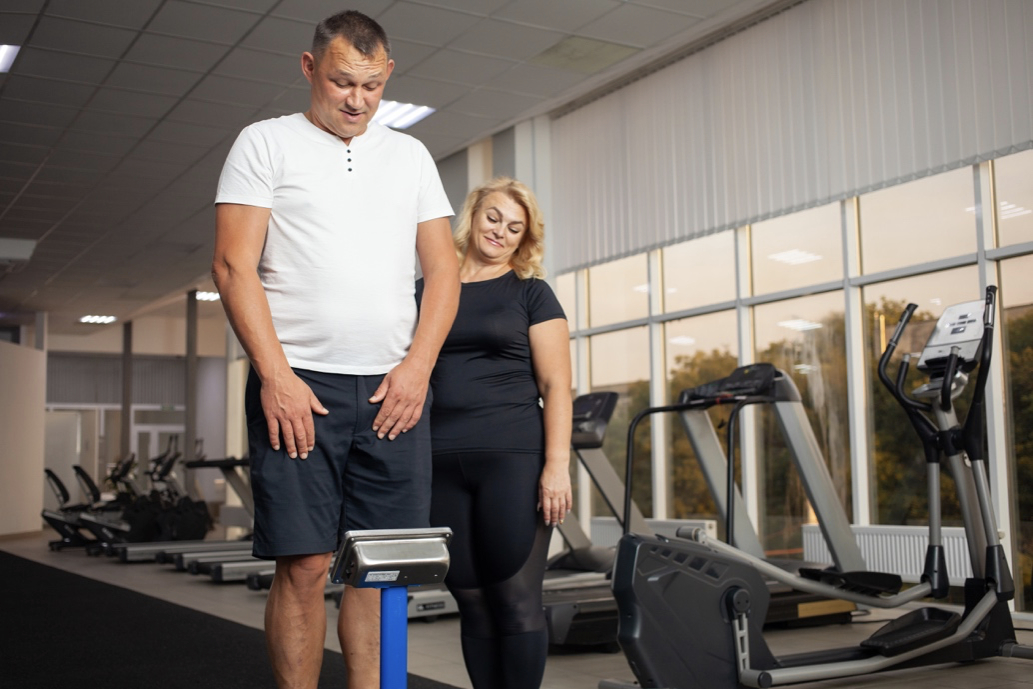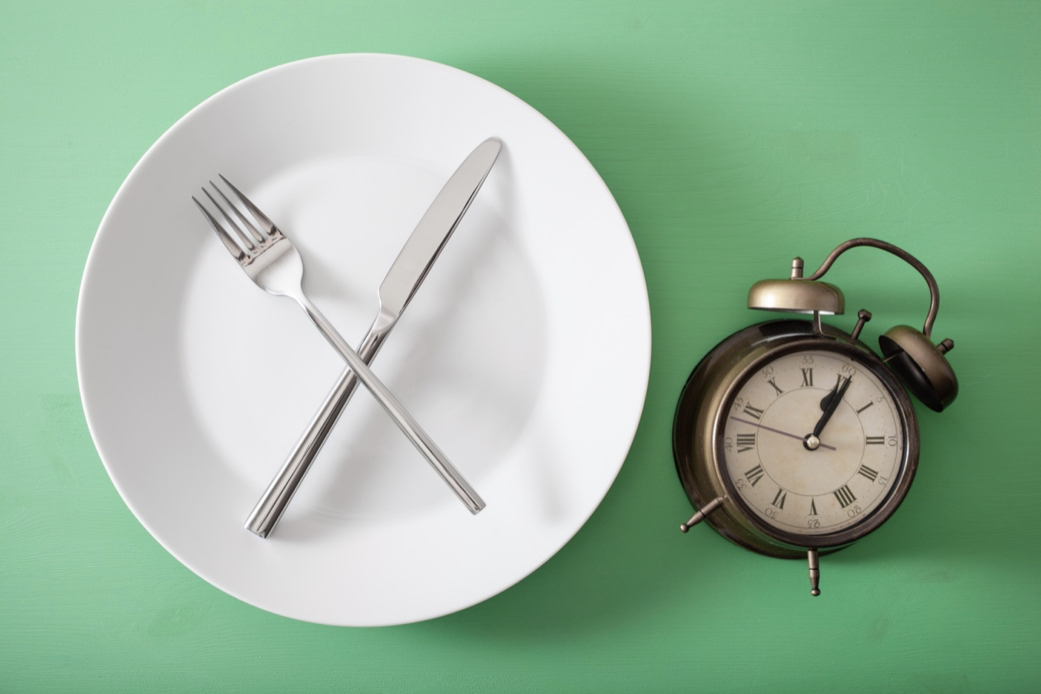When considering or preparing for the Lap-Band® surgery, one of the most common questions patients have is about what and when they can eat during recovery. In order to allow your stomach to heal properly, you’ll need to follow specific guidelines for eating in the weeks following your procedure.
Plans will differ from patient to patient. Your specialist or dietitian will help you develop a comprehensive plan that takes your specific situation, as well as any food sensitivities, into account. With that said, here is an example of a standard eating plan during Lap-Band surgery recovery.
First 2 days after surgery
In the first two days following surgery, proper hydration is essential, and you should be getting 48 to 64 ounces of fluid each day. During this portion of recovery, you’ll be limited to water and other clear liquids, including:
- Fruit juices, diluted to avoid nausea (no more that 2 cups a day)
- Clear soup broths
- Low-calorie sports drinks
Sip your liquids consistently to remain hydrated. Sucking on ice chips may help if you’re struggling to reach the ideal fluid intake.
Days 3 through 7
During this portion of recovery, you’ll continue with your liquid diet, consuming 48-64 ounces a day. However, you will no longer be limited to clear liquids.
In this phase, you can add chicken, beef, and vegetable broth to your diet as long as they don’t contain cream. You can also consume skim milk, sugar-free fruit juice, and sugar-free frozen fruit juice. Your dietitian may advise you to use protein supplements to keep up your protein intake.
Days 8 through 21
Once you receive the go-ahead from your surgeon, you can progress to the next portion of the Lap-Band recovery plan. While you can return to most of the foods you ate pre-surgery, they’ll need to be pureed until smooth, allowing the food to pass through the stoma (stomach opening) without risking blockage.
You’ll need to start incorporating high-protein foods into your diet, like pureed fish, chicken, and vegetables. Other ideal foods during this stage include:
- Fruit smoothies
- Hummus
- Egg salad
- Cottage cheese
- Pureed soup
- Gelatin
- Baby food
- Mashed potatoes
- Apple sauce
- Low-fat yogurt or pudding
At this stage in Lap-Band recovery, it’s important that you don’t drink liquids while eating, as it can take up room in your stomach that should be devoted to your pureed food. Refrain from drinking 30 minutes before and after each meal.
Days 22 through 42
In the final stage of recovery, you can add soft foods to your diet. This includes things like fish, ground turkey, hot cereals, bananas, and rice. For the same reason above, avoid drinking liquid at or near your mealtime. If you experience nausea and vomiting while adjusting to solid foods, your specialist may recommend you return to the liquid diet for a longer period of time.
As you continue to heal and progress to foods that require chewing, your recovery team will stress the importance of cutting food into small pieces and chewing very thoroughly before you swallow. Your new stomach opening is smaller, and you’ll need to make changes in your eating habits to accommodate it.
If you don’t follow this advice, it’s possible you may experience nausea, stomach discomfort, and vomiting. It may also increase the chance of complications, such as slipping of the gastric band, pouch expansion, and stomach blockage.


